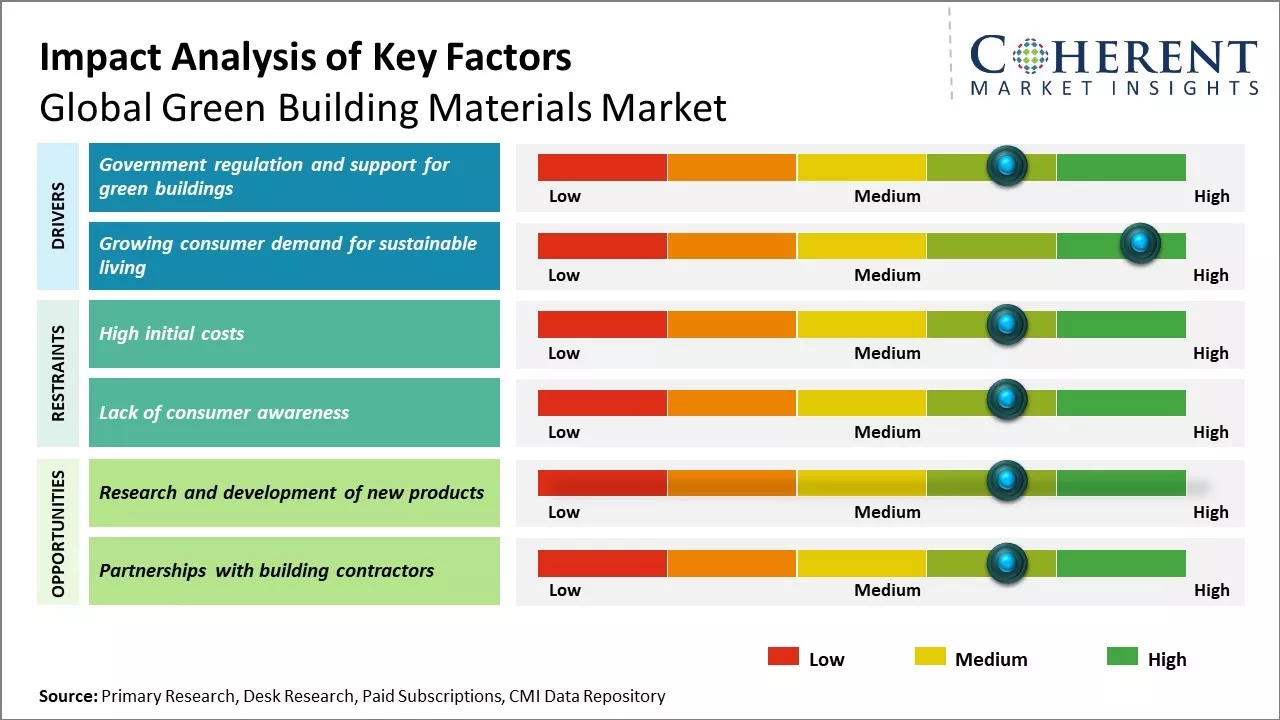The green building materials market is estimated to be valued at USD 450.07 Bn in 2025 and is expected to reach USD 1,014.40 Bn by 2032, exhibiting a compound annual growth rate (CAGR) of 12.3% from 2025 to 2032.

To learn more about this report, Request sample copy
Government regulations and growing consumer awareness regarding energy efficient construction are driving increased demand for green building materials. The market is witnessing rising focus on sustainable construction globally. Buildings account for around 40% of the total energy consumption as well as carbon emissions. In order to reduce their environmental footprint, builders are increasingly adopting green building materials and technologies. Various incentives and policy push by governments worldwide for the use of eco-friendly construction methods and materials are also fueling the demand for green building products in both the residential as well as commercial sectors.
Government regulation and support for green buildings
Many governments around the world are actively supporting and incentivizing the use of green building materials through various regulations, certifications, and initiatives. This is being driven by the urgent need to address environmental issues like climate change and reduce cities' carbon footprint. Governments recognize that the construction industry accounts for a significant share of global carbon emissions and resource consumption. By promoting sustainable building practices and green building materials, carbon emissions from this sector can be curbed substantially.
Many countries and cities have now made it mandatory for all new commercial and residential buildings to comply with green building standards and obtain relevant certifications. This ensures materials used have lower embodied energy and are less resource-intensive. Renewable energy integration in buildings is also being pushed through building codes. Financial incentives in the form of tax breaks and subsidies are given to projects that employ approved green building materials and techniques. Public construction projects also adhere to strict criteria to use eco-friendly alternatives. This high-level support demonstrates long-term commitment and sends a positive signal to the market.
Joining thousands of companies around the world committed to making the Excellent Business Solutions.
View All Our Clients